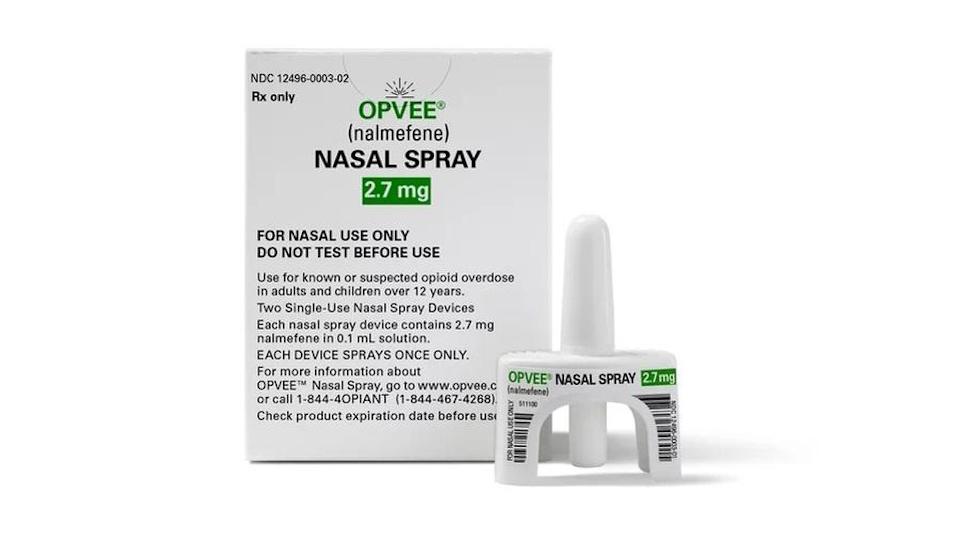Harnessing zero‑party data: Transforming pharma advertising for better patient engagement

I don’t need another baby stroller. For the past three months, I’ve been inundated with pregnancy ads promoting prenatal vitamins, birthing classes, infant clothing, and baby toys. What these advertisers don’t realise is that I’m not in the market for any of it. My wife and I are expecting our second child, so we already have all the essentials. As the saying goes, “If it ain’t broke, don’t fix it.”
There’s a glaring disconnect in how these brands are targeting me – assuming I need more gear simply because I’m an expecting parent. Had these advertisers asked me directly, I would’ve told them that I’m not in the market for new baby gear, saving them money they would have otherwise wasted on targeting me with ads.
Zero-party data and why it matters
This kind of voluntary information that customers share directly with advertisers is known as zero-party data – and it has the power to transform your advertising strategy. By integrating zero-party data into ads, pharma and healthcare brands can revolutionise how they engage with patients, driving both awareness and meaningful action.
Targeting limitations in pharma advertising
The real challenge starts with reaching niche qualified patients within an ecosystem that is built on broad-based targeting. One big reason for this challenge is the inherent limitation of traditional data methods. Often, advertisers solely rely on third-party data that provides a generalised picture of consumer behaviour. While this third-party data can offer some insights, it rarely captures the nuanced needs and specific health conditions of patients.
For instance, an ad campaign designed to promote a rare disease treatment might reach millions of people, but only a fraction of those viewers are qualified for the medication. This inefficiency undermines the potential for genuine patient connection. What we see when leveraging third-party data segments is a high volume of impressions with disappointingly low engagement, highlighting the gap between the way we can target users and the expected results.
Why zero-party data is a game changer
Zero-party data changes the game in this scenario. Unlike third-party or even first-party data collected indirectly, zero-party data is information that patients voluntarily share with a brand. This can be disease state, patient journey, medication satisfaction, and underlying symptoms to help identify misdiagnosis.
This information helps the brand qualify patients and educate them on new treatments or medications. Because this data is provided willingly, it carries a level of trust and precision that traditional data sources cannot match.
Key benefits of zero-party data for pharma brands
1. Direct patient consent and data transparency
These are critical elements of this approach. Regulatory requirements in the pharmaceutical industry are ever-growing, and brands must maintain the highest standards of data security and privacy. By leveraging zero‑party data, companies not only comply with these regulations, but also demonstrate a commitment to transparency, which in turn builds long‑term trust with patients.
2. Build trust through transparency
This data is collected with explicit consent, ensuring that all patient information is gathered in a transparent and compliant manner. For example, a leading pharma brand recently built a simple survey to both qualify patients at a specific stage in their treatment journey and competitively conquest the leading medication in that category, leading the drug to gain market share and encourage patients to have a new conversation with their doctors.
3. Gather timely insights
Since you are collecting zero-party data in ads, you are getting real-time feedback from customers compared to other data sources that might be based on dated information. This is especially important in pharma and healthcare, as patient needs can change rapidly.
4. Reduce waste through precision targeting
It allows for the creation of highly custom, addressable audiences that are tailored to the specific needs of patients.
How to integrate zero-party data into pharma advertising
The process of integrating zero-party data into pharma advertising strategies begins with refining of data from these large third-party companies. By encouraging patients to share information directly in the ad unit about their health conditions and treatment preferences, brands can segment their audience in highly specific ways.
This segmentation allows for the development of campaigns that speak directly to the unique needs of different patient groups and help ensure only true patients are getting the message.
For example, a leading migraine medication brand wanted to gauge patient satisfaction with their current migraine treatment. By identifying patients who were not satisfied with their current treatment, the brand was able to communicate how this new medication could potentially offer better symptom relief and fewer side effects than competing products. Meanwhile, satisfied patients were spared excessive ads, giving them the space and time they needed – an approach that helps prevent brand fatigue and ensures a more positive patient experience.
Real-world use cases: Tailoring campaigns for specific conditions
Consider campaigns tailored to specific conditions such as chronic spontaneous urticaria or breast cancer. By utilising zero‑party data, advertisers can design messages that resonate deeply with patients, ensuring that the information provided is both relevant and helpful.
Similarly, vaccine adoption campaigns targeted at older adults can benefit from insights gained through self-declared preferences, ensuring that the messaging is both sensitive and effective.
Measuring success: KPIs and engagement metrics
To truly understand the impact of zero-party data on advertising performance, it’s essential to track a variety of key performance indicators (KPIs). Some of the most critical metrics include:
- Audience quality scores
- Ad engagement metrics
- Quality of website visits
Ongoing tracking and analysis ensure that every campaign is measurable and impactful. It’s not just about reaching more people; it’s about reaching the right people, with the right message, at the right time.
The bottom line: Why pharma brands should embrace zero-party data
Adopting a zero‑party data strategy offers multiple benefits for pharma advertisers. First and foremost, it enhances audience connection. By relying on information that patients have voluntarily shared, advertisers can create campaigns that truly resonate with the intended audience.
Moreover, this approach improves ROI by reducing wasted ad spend. Instead of casting a wide net and hoping for the best, brands can focus their efforts on high‑quality audiences, driving higher conversion rates and better overall performance.
The compliance and transparency in the use of zero-party data help build long-term trust between the brand and its patients. This trust is invaluable in an industry where credibility and ethical practices are paramount.
About the author
 Cory Ransom is senior director of brand strategy at ViralGains. With a dedicated tenure of five years, Ransom collaborates closely with national advertisers across numerous sectors to help them achieve campaign success within an ever-evolving advertising landscape. Before joining ViralGains, he started on his professional journey at A&E Networks, where he honed his skills as a vital member of the international marketing team. Later, he transitioned to Publicis, where he played instrumental roles in crafting and executing strategies for notable clients across CPG and finance verticals.
Cory Ransom is senior director of brand strategy at ViralGains. With a dedicated tenure of five years, Ransom collaborates closely with national advertisers across numerous sectors to help them achieve campaign success within an ever-evolving advertising landscape. Before joining ViralGains, he started on his professional journey at A&E Networks, where he honed his skills as a vital member of the international marketing team. Later, he transitioned to Publicis, where he played instrumental roles in crafting and executing strategies for notable clients across CPG and finance verticals.












